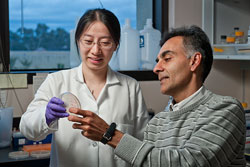A new study from PV Solar Report and SunRun reports that families in median zip codes make up the majority of California home owners who have installed solar energy. Nearly two-thirds of solar installations in ’09, ’10 and ’11 were completed in homes where the household median income is than $85,000 per year. In addition, the state is seeing a rise in solar projects in lower income zip codes as solar prices continue to drop.
The findings are in line with PV Solar’s Report of the Top 10 Solar Cities that was published in October. Two cities to make the list – Bakersfield, CA and Fresno, CA have average household incomes between $40,000 to $50,000. Only 2-3 percent of solar projects in Cali are in the state’s highest income zip codes.
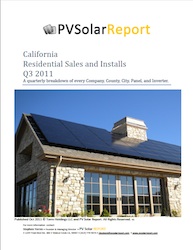 “In 2007 we invented a way for homeowners to go solar without the high upfront costs so income would not prevent a switch to cleaner and less expensive energy,” said SunRun President and Co-founder Lynn Jurich. “The data from PV Solar Report shows this model is working, and that it’s not just the wealthy driving and benefiting from solar adoption. We are working to educate consumers that solar is finally affordable.”
“In 2007 we invented a way for homeowners to go solar without the high upfront costs so income would not prevent a switch to cleaner and less expensive energy,” said SunRun President and Co-founder Lynn Jurich. “The data from PV Solar Report shows this model is working, and that it’s not just the wealthy driving and benefiting from solar adoption. We are working to educate consumers that solar is finally affordable.”
SunRun owns, maintains and insures and installs solar panels on rooftops. Homeowners pay a fixed, low monthly cost for 20 years. This type of solar project accounted for 59 percent of residential projects in Q3 of 2010.
Solar is not reserved for the wealthy and the trends cited in the report support this according to Stephen Torres who is the founder and managing director of PV Solar Report. “Solar prices are coming down, it’s great for job growth from installing, financing, and servicing solar in local communities, and models like SunRun are helping drive growth because they eliminate large upfront investments,” he concluded.
You can download the report here.



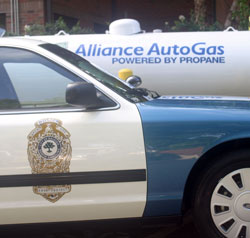 The Vestavia Hills, Ala., Police Department recently converted 14 cruisers to autogas as a cost-effective, efficient way to go green, according to
The Vestavia Hills, Ala., Police Department recently converted 14 cruisers to autogas as a cost-effective, efficient way to go green, according to 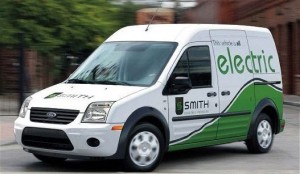




 EV Connect and ClipperCreek have been upgrading legacy charge stations throughout California to be compliant with the North American SAE-J1772 standard connector for electric vehicles. The statewide upgrade, slated for at least 600 EV charging stations, is being completed by EV Connect’s North American network of over 150 qualified, trained and certified contractors.
EV Connect and ClipperCreek have been upgrading legacy charge stations throughout California to be compliant with the North American SAE-J1772 standard connector for electric vehicles. The statewide upgrade, slated for at least 600 EV charging stations, is being completed by EV Connect’s North American network of over 150 qualified, trained and certified contractors.  Engaging the consumer to grow demand and improve industry image for biofuels will be among the topics addressed at the
Engaging the consumer to grow demand and improve industry image for biofuels will be among the topics addressed at the 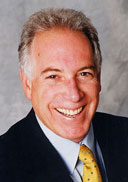 Canton is a renowned global futurist, social scientist, keynote presenter, author, and visionary business advisor who has been insightfully predicting the key trends that have shaped our world for over 30 years. He founded the Institute for Global Futures in 1990 as a leading think tank to advise business and government on future trends.
Canton is a renowned global futurist, social scientist, keynote presenter, author, and visionary business advisor who has been insightfully predicting the key trends that have shaped our world for over 30 years. He founded the Institute for Global Futures in 1990 as a leading think tank to advise business and government on future trends. 